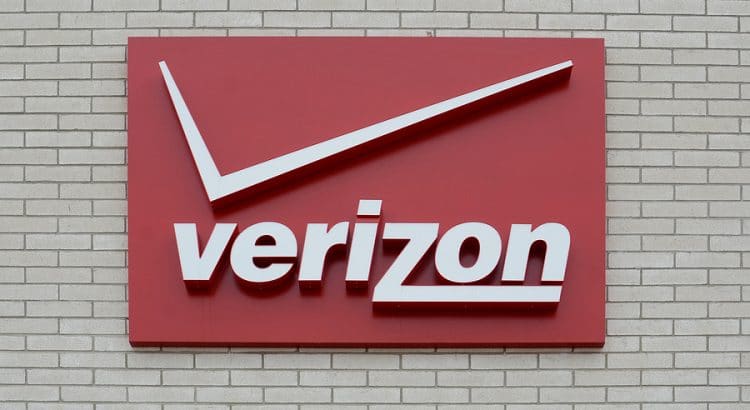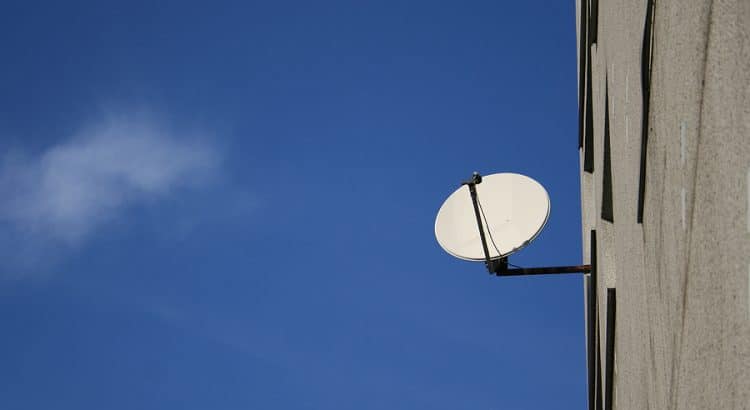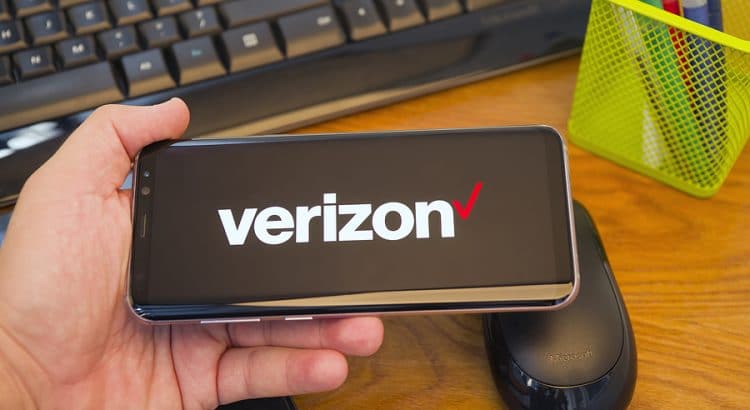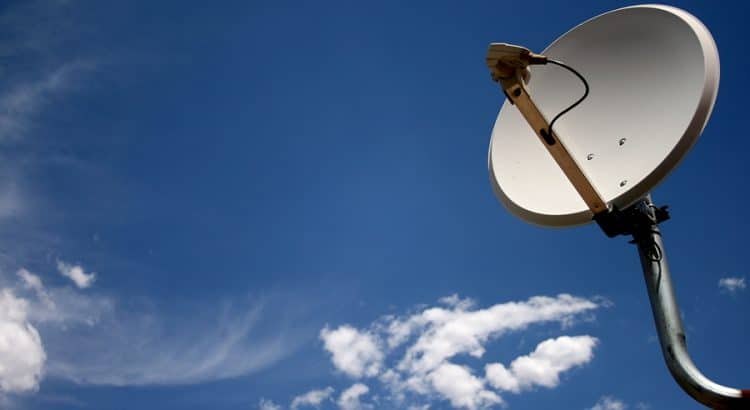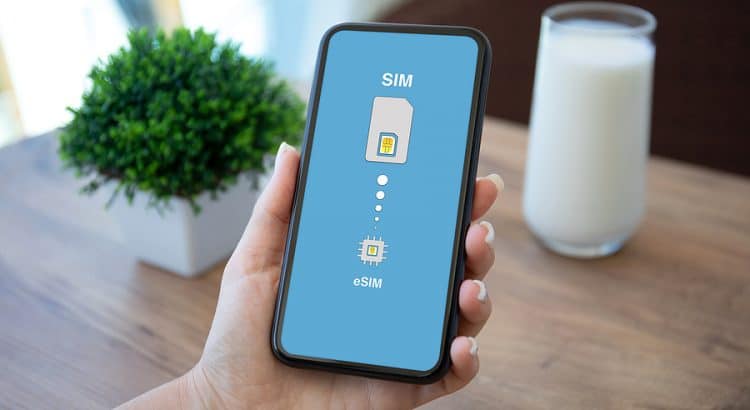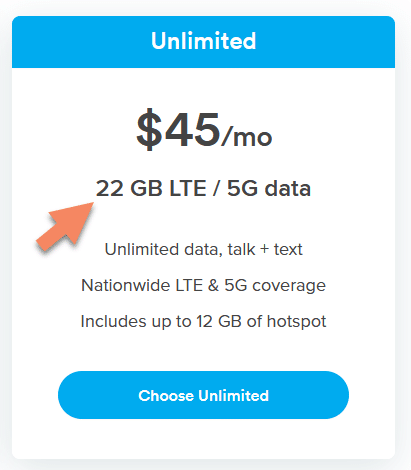Today, Doug Dawson published a blog post titled Understanding Oversubscription. In the post, Dawson gives a good introduction to how and why internet service providers oversell their services.
In the post’s comments section, a question was raised about oversubscription rates with satellite internet services. Conveniently, there’s enough publicly available information to make a back-of-the-envelope estimates of the oversubscription rates for HughesNet and Viasat, the largest satellite internet providers in the United States.
HughesNet Oversubscription Rate
HughesNet’s JUPITER 1 and JUPITER 2 satellites have a combined capacity of about 320Gbps.1 The last annual report for HughesNet’s parent company reported roughly 1.4 million subscribers in the Americas.2 I can guesstimate HughesNet’s oversubscription rate with the help of a few simplifying assumptions:
- All 1.4 million customers in the Americans are served by JUPITER 1 and JUPITER 2
- No other customers are served by JUPITER 1 or JUPITER 2
- On average, customers subscribe to plans with 25Mbps speeds
With those assumptions, HughesNet has an oversubscription rate of about 109.3
Viasat Oversubscription Rate
Viasat’s 2020 Annual Report states that the company has 590,000 subscribers in the U.S.4 Based on some information on Viasat’s website, I can infer that the company’s active satellites have a combined capacity of about 375Gbps.5 Viasat serves a good number of customers outside of the U.S., which complicates the analysis. I’ll pretend half of the capacity, about 188Gbps, is available to U.S. customers. With these assumptions and an average speed of 25Mbps, I can roughly guesstimate Viasat’s oversubscription rate at about 78.6

